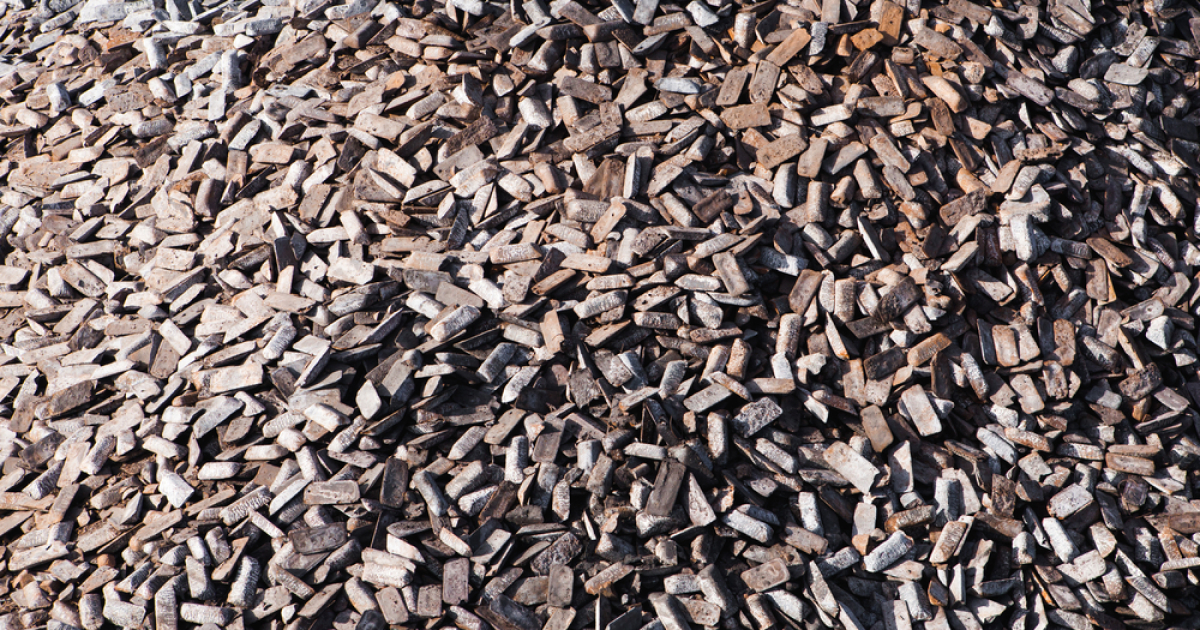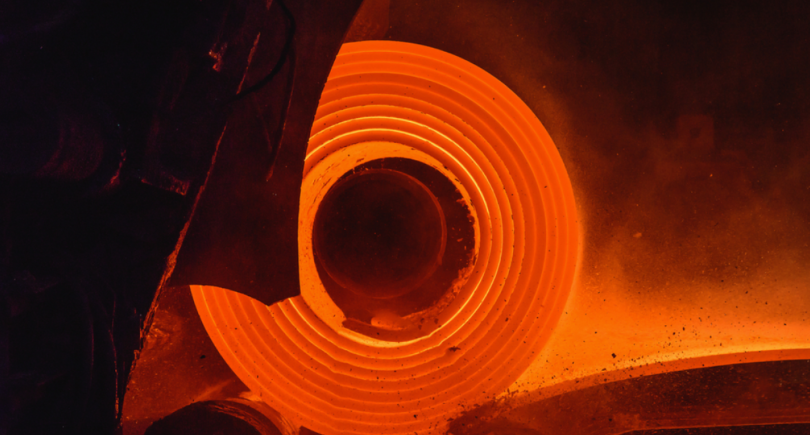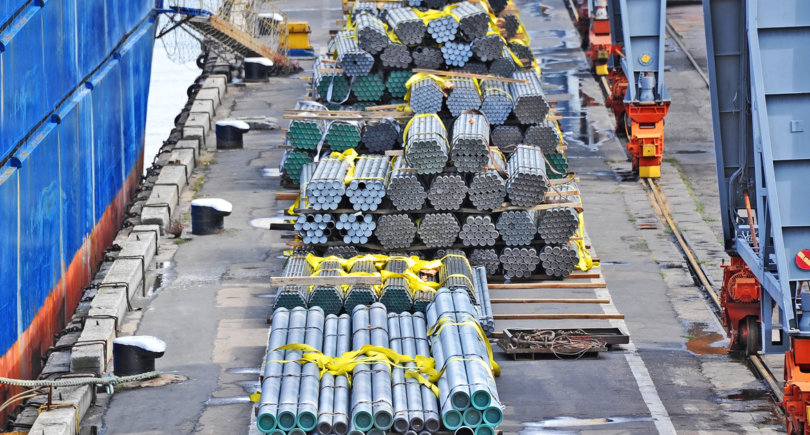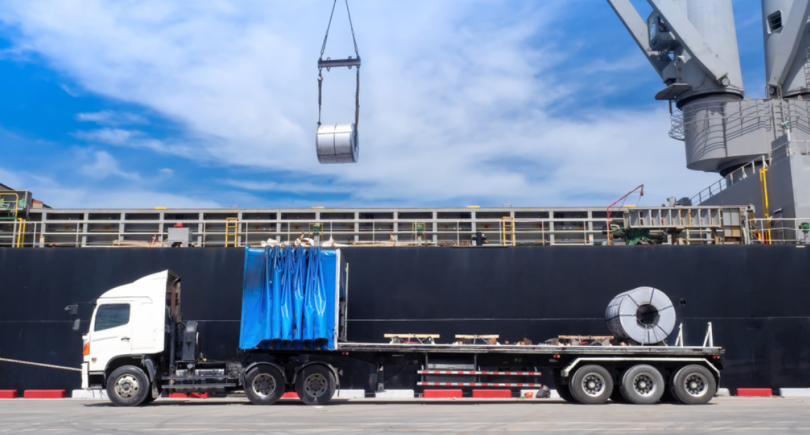
News Global Market EU 1452 28 April 2025
Main volume is accounted for by pig iron, semi-finished steel products, and direct reduced iron
In January-February 2025, the European Union (EU) imported 1.35 million tons (+71.5% y/y) of metallurgical raw materials of Russian origin. The cost of imports of these products amounted to €535.2 million (+47.3% y/y). This is based on GMK Center’s calculations based on Eurostat data.
Pig iron accounts for the bulk of imports. In 2 months of 2025, 678.4 thousands tons of pig iron were shipped to the EU (+8.7 times y/y). The cost of relevant imports amounted to €247.65 million (+7.9 times y/y). The largest consumers of pig iron from the Russian Federation are Italy – 506.2 thousand tons (37.7 thousand tons in January-February 2024), Latvia – 87.2 thousand tons (30.4 thousand tons), Belgium – 31.07 thousand tons (0 thousand tons), and Poland – 23.85 thousand tons (10.3 thousand tons).
Semi-finished products also accounted for large volumes of imports – 551.43 thousand tons (+16.2% y/y). Revenues of Russian iron and steel companies from the supply of relevant products to the EU market amounted to €250.95 million. The main volumes were sent to Belgium – 246.9 thousand tons (+74.4% y/y), Italy – 152.69 thousand tons (+18% y/y), and Denmark – 81.1 thousand tons (-14.8% y/y).
There were almost no supplies of Russian-made ferroalloys to the EU market in January-February 2025 – 1.7 tons against 11.4 thousand tons a year earlier.
Imports of scrap from Russia amounted to 3.21 thousand tons (-4.4% y/y), and procurement costs amounted to €1.67 million (-1.3% y/y). No iron ore supplies were made (9.36 kt in January-February 2024). At the same time, imports of direct reduced iron (DRI) for this period amounted to 115.45 thousand tons (-44.9% y/y) for €34.92 million (-51.2% y/y).
In February 2025, the EU imported 203.86 thousand tons (+4.8 times y/y; -57% m/m) of pig iron, 267.44 thousand tons (-6.5% y/y; -5.8% m/m) of semi-finished products, 65.05 thousand tons (+2.9 times y/y; +29.1% m/m) of DRI, and 2.98 thousand tons (+80% y/y) of scrap from Russia.
As GMK Center reported earlier, the EU imported 5.34 million tons of iron and steel products from Russia in 2024. Despite the sanctions, Russian producers continue to earn significant revenues from exporting products to the EU, with the amount exceeding €2.5 billion last year. This indicates the weak effectiveness of the current restrictions and the existence of exceptions that allow Russian steelmakers to export to EU markets.




